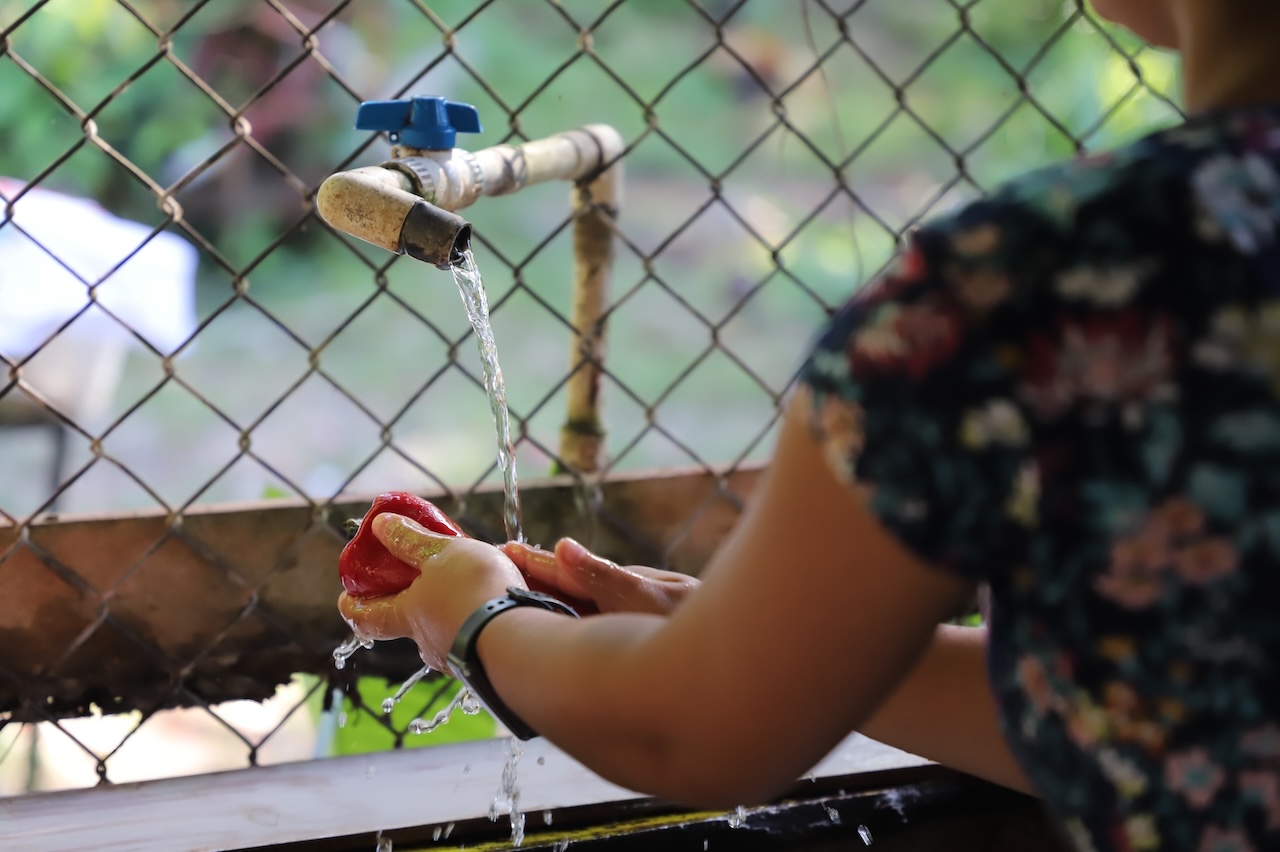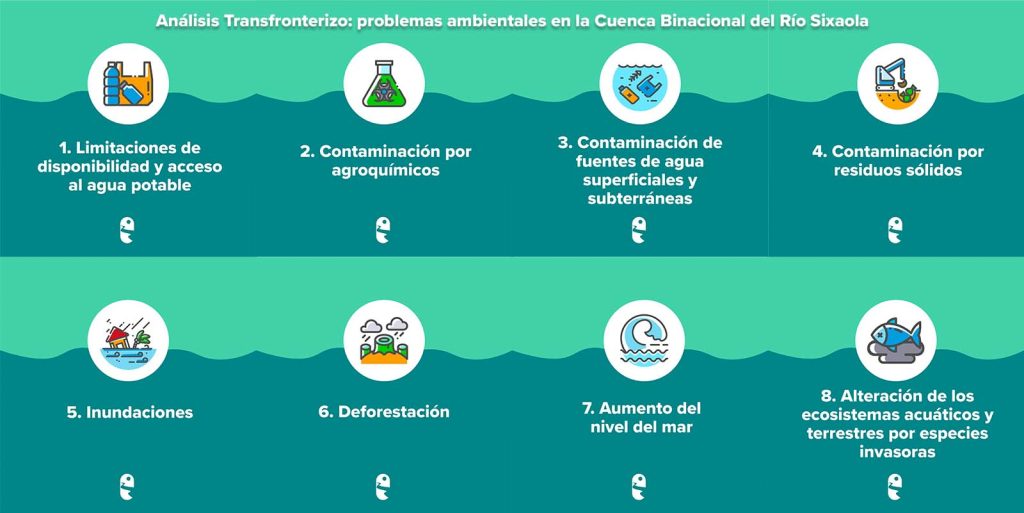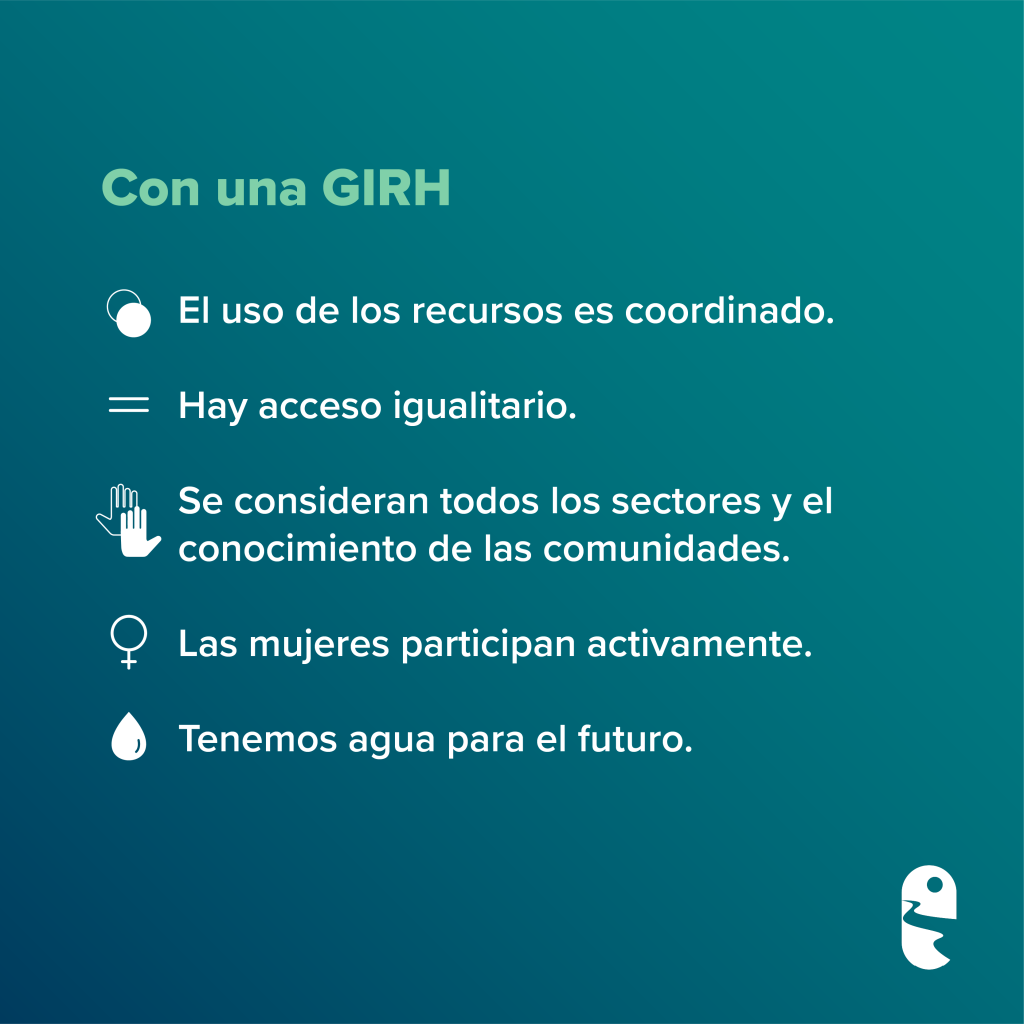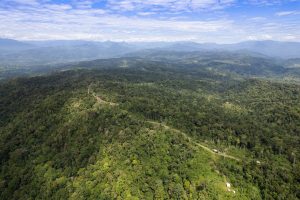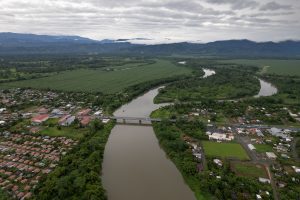
The TA is a technical analysis that addresses the environmental problems shared by Costa Rica and Panama in the basin as well as their impacts and causes. It is part of the actions of the Connecting Communities and Ecosystems project to improve governance. This project is carried out by the United Nations Development Programme (UNDP) with funding from the Global Environment Facility (GEF); the Organization for Tropical Studies (OTS) is the implementing partner for the project.
The TA was authored by the Core Group, composed mostly of staff from local institutions in both countries and some community leaders and organizations in the Basin. The Analysis identified and prioritized eight environmental problems.
The objective of the TA is to evaluate the nature and severity of environmental problems and threats in the Sixaola Basin. This information is essential to achieve integrated water resources management (IWRM).
The objective of the UNDP-GEF-OTS Connecting Communities and Ecosystems project is to create long-term conditions for better shared governance of the Sixaola basin, strengthening and improving the path to achieving IWRM.
Crisis due to lack of access…and contamination
The analysis shows that in the canton of Talamanca, where most of the Sixaola basin is located, 57% of the households do not have access to potable water; and in six towns of Changuinola more than 50% of the households do not have access to this human right.
Existing data on the eight problems were compiled and analyzed in two volumes (Volume I can be downloaded here). The information is the result of the work of the Core Group, which was facilitated and systematized by the State of the Nation Program (PEN) of the National Council of Rectors (CONARE).
Another serious problem is agrochemical contamination due to banana and plantain monoculture. The TA reiterates what an ANAI Association study pointed out more than a decade ago: the greatest and most serious contamination is caused by banana monoculture. This contamination has been documented in several studies, but there is no monitoring system to track it. Inadequate practices such as excessive irrigation of pesticides with small planes and drainage canals from crops to bodies of water degrade ecosystems.
Next step: the SAP
The process of building the Strategic Action Program (SAP), the second tool for improving governance in the Basin, has already begun. This is a negotiated policy document, which must be approved at the highest level by the two countries.
The SAP establishes clear priorities for action and proposed solutions to the priority problems identified in the TA within a 10-year timeframe. It should also define financing mechanisms to implement the actions.
The SAP working group of institutions and the Project made progress in the first key stage of the document: the strategic thinking approach where the vision, innovation opportunities, and alternatives are defined.
You can follow the actions of the Connecting Communities and Ecosystems project on its social media profiles on Facebook and Instagram and the Sixaola.org website, where the campaign Our Basin, our home, the Sixaola unites us is presented.

